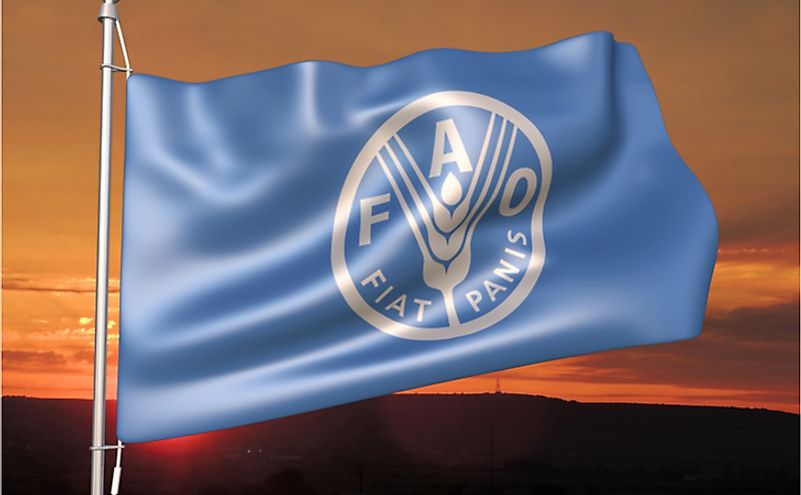What Is The Function Of The FAO (Food And Agricultural Organization)?

What Is The Food And Agriculture Association?
The Food and Agricultural Organization (FAO) is an agency of the United Nations (UN) that aims to eliminate hunger worldwide. Working with both developed and developing nations, the FAO's membership includes 197 member states, which consists of 194 member nations, 1 member organization, and 2 associate members. The mandate of the Food and Agriculture Organization is to eradicate world hunger by ensuring that countries have food security, good nutrition, and cultivate sustainable agricultural methods. The FAO achieves this objective by aligning its projects with the development plans of the nations in which it operates.
Primary Functions
The functions of the Food and Agriculture Organization are categorized into three areas: food security, food safety, and influencing agricultural techniques. Food security refers to a population's ability to access food that is both nutritious and safe, and therefore the organization seeks to ensure food is available to all people and that they have the financial means to acquire it. To achieve this, the FAO supports programs related to food production, distribution, and improved living standards. Food safety refers to the elimination of substances that contaminate food, and therefore negatively affect human health. FAO programs to ensure food safety include improving access to clean drinking water and safe food production.
Another function of the FAO is the promotion of agricultural methods and policies that eliminate hunger and malnutrition. This is partly achieved through agricultural research and development. Research helps in the understanding of current farming trends and the adoption of sustainable farming methods. The FAO also helps governments organize education programs to teach farmers the best agricultural practices. Farmers can use these forums to share success stories and challenges that help in the growth of the agricultural sector. The FAO also recognizes that food production must consider the conservation of natural resources in the nations in which they operate, and therefore supports programs that promote environmental conservation. The FAO helps develop codes of practice for responsible fishing and farming practices, which assist in streamlining activities. For example, guidelines regarding the best time of year to fish and when to allow for the growth of fish populations is important for ensuring the availability of fish in the future. One of the challenges currently faced by the FAO is climate change, which is impacting planting and harvesting seasons, as well as the crop yields.
Current FAO Initiatives
The Food and Agriculture Organization is engaged in numerous initiatives designed to achieve its mandate worldwide. For example, one such program is a youth-driven initiative, named the Zero Hunger mission, which is intended to eliminate hunger. Another ongoing project is the Water Safety Program in Yemen that ensures the nation's residents have access to clean water. The FAO is also involved in teaching beekeeping as a source of livelihood in Somalia. The profits gained from the venture can be used to purchase food in a bid to eradicate hunger.











